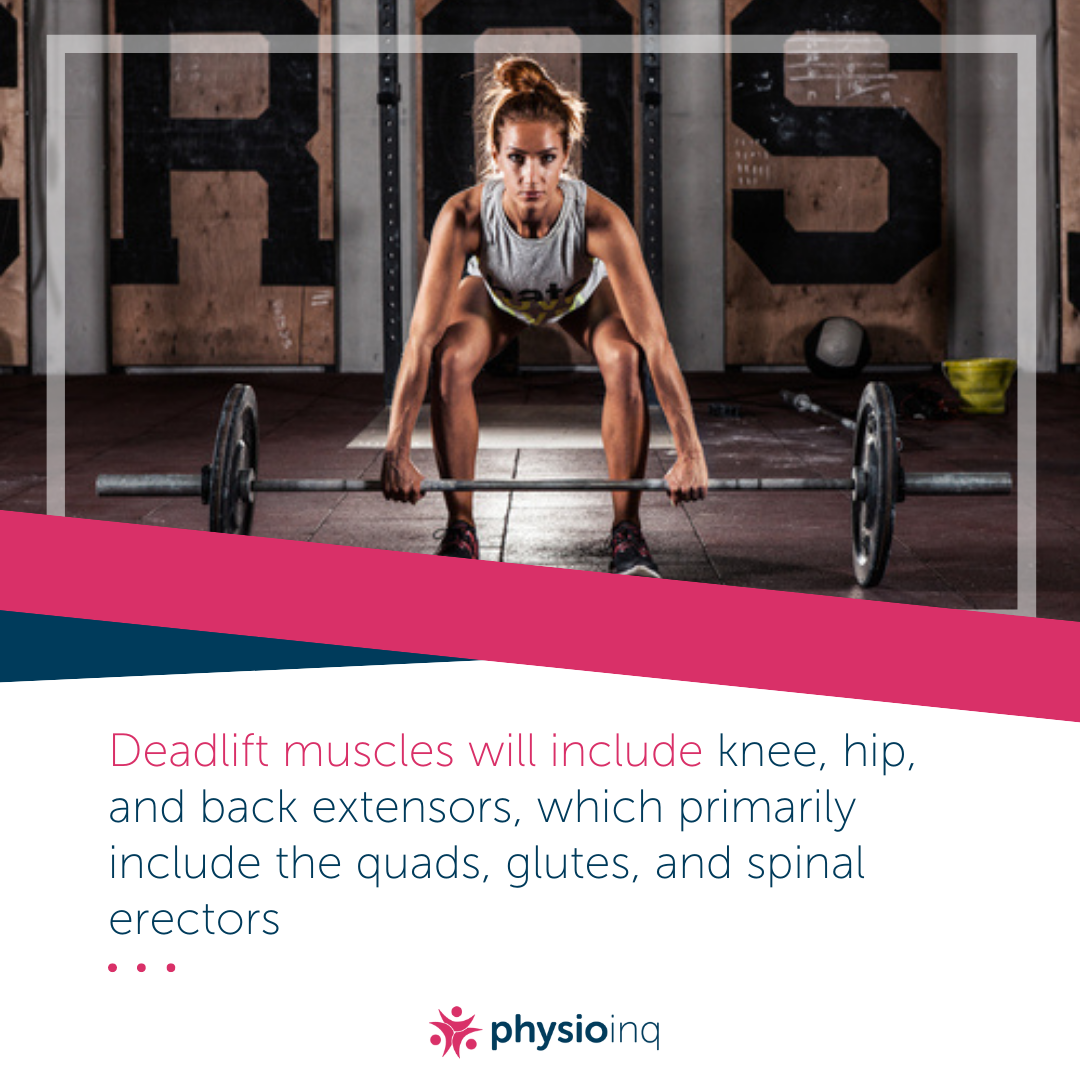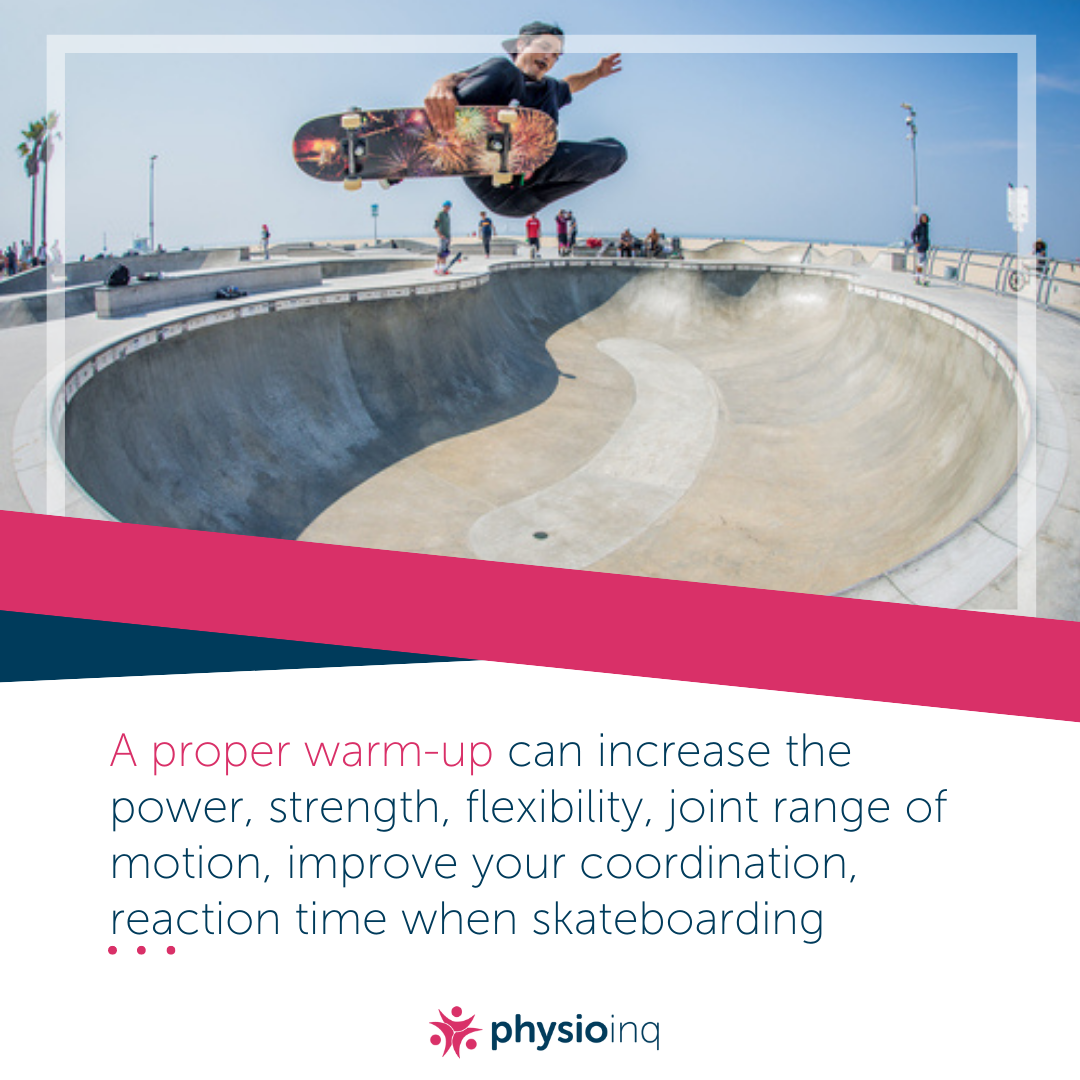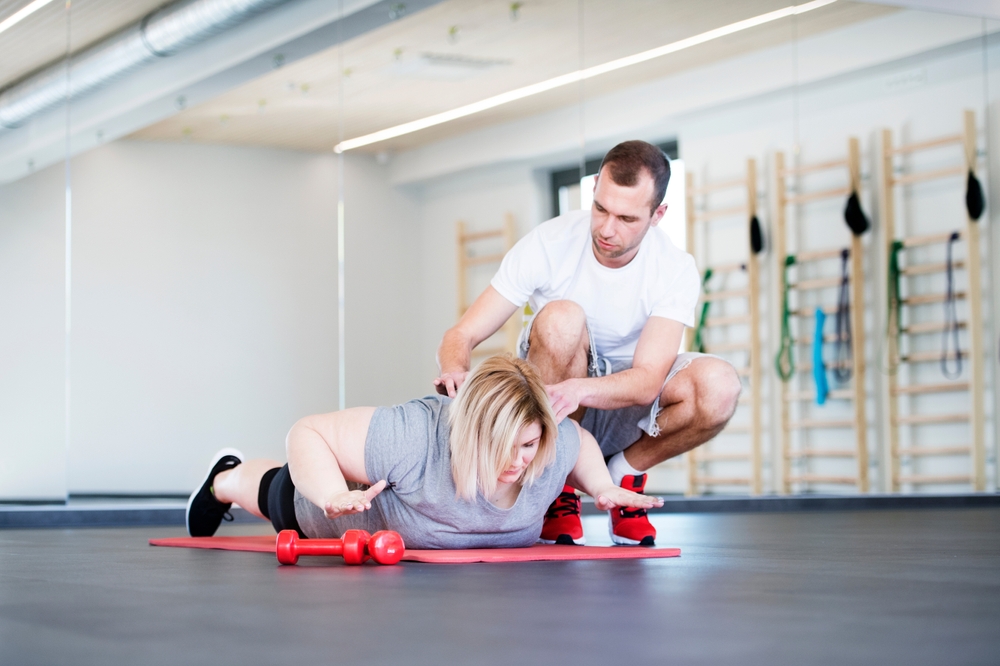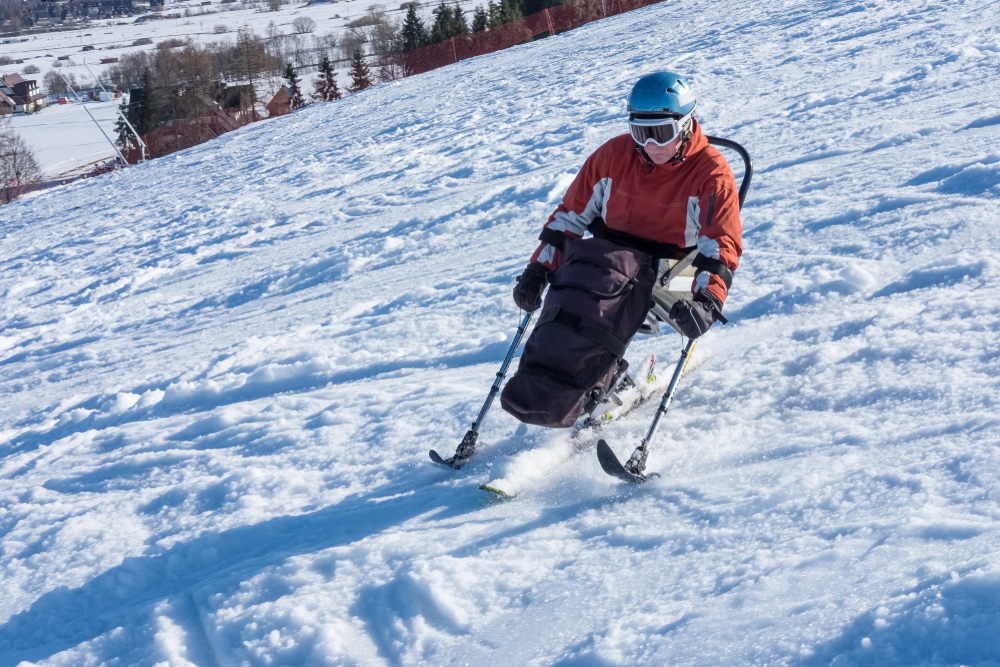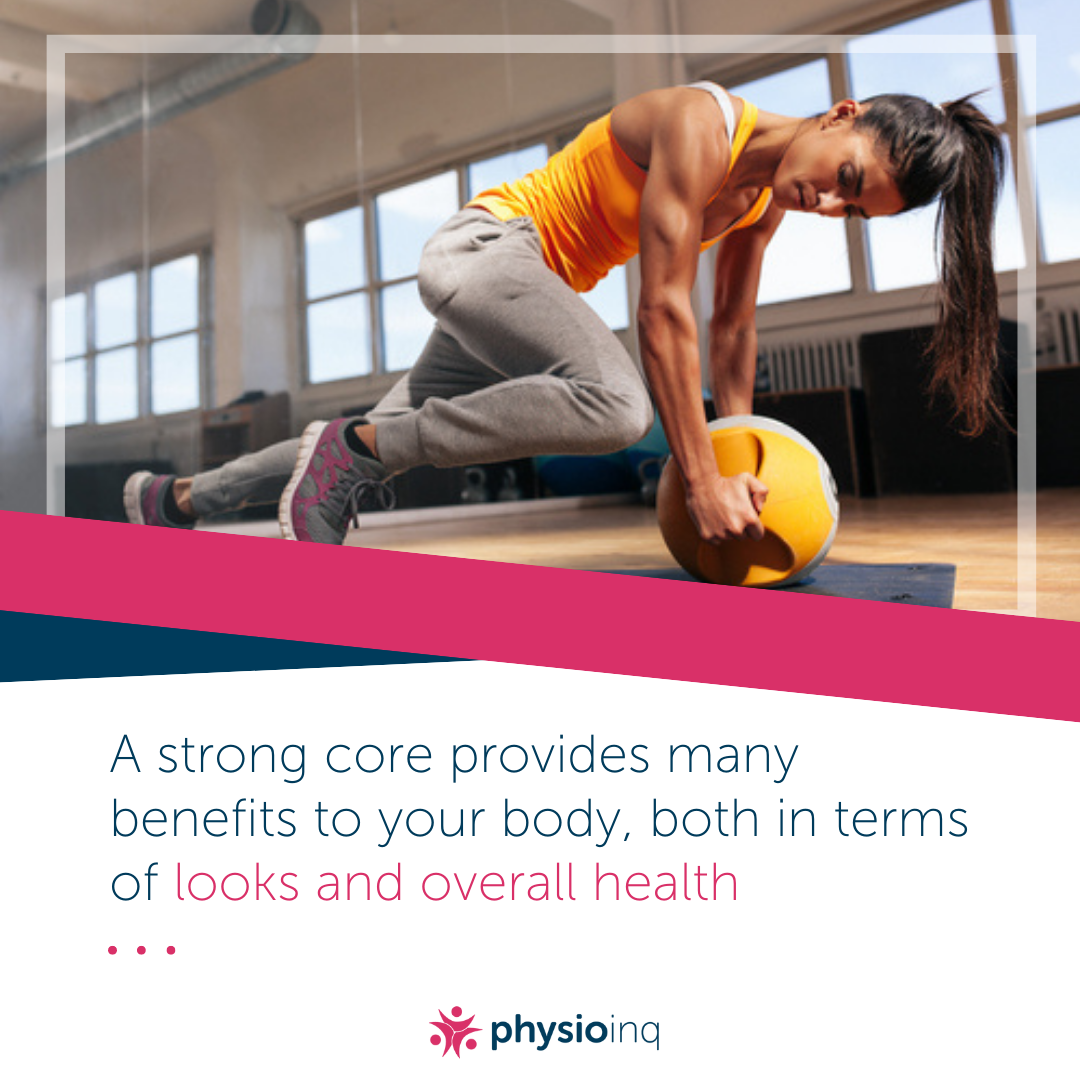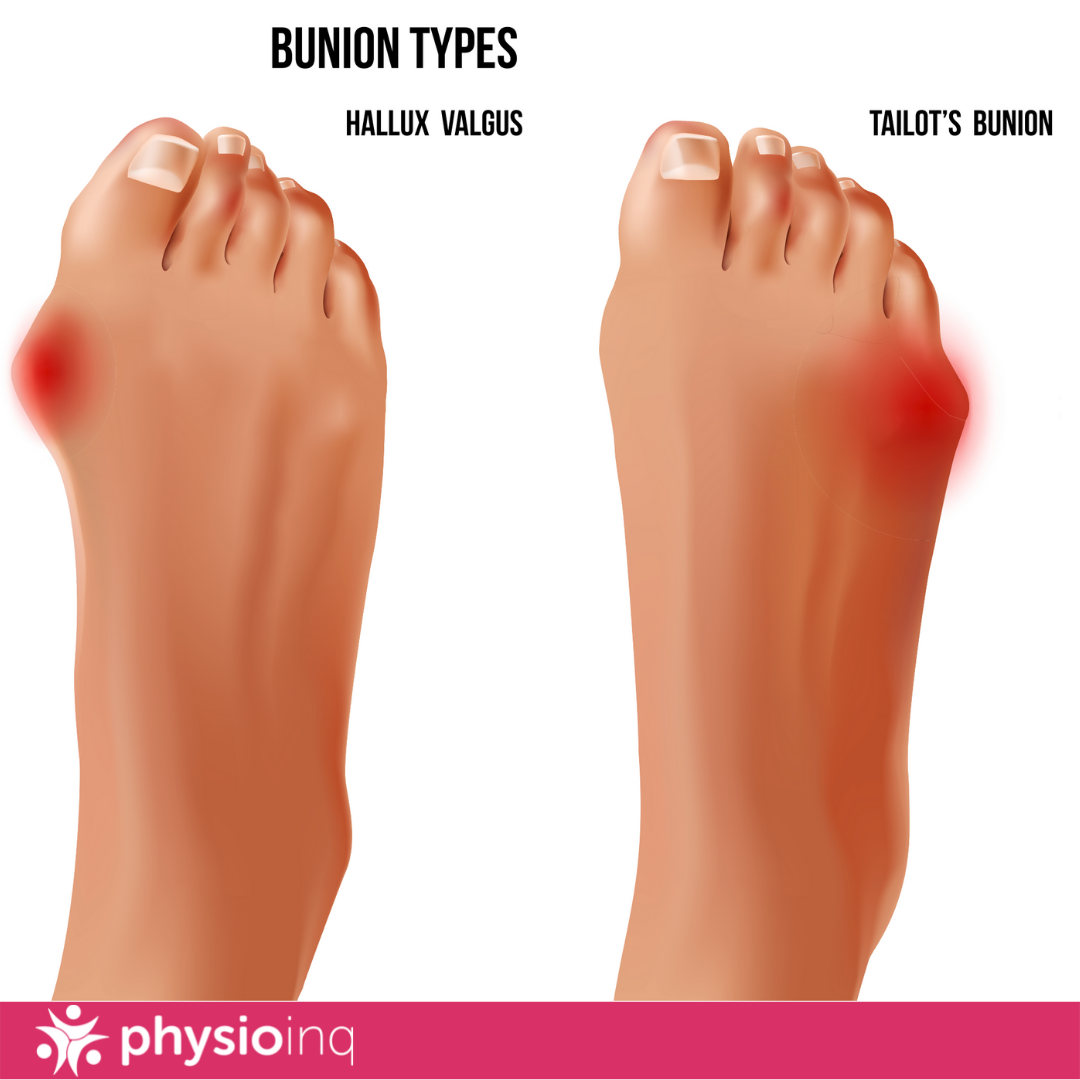Make an Appointment
Whether you’re new to running or an experienced marathoner, getting a stitch at an important moment in a run can be both painful and frustrating, causing irritation and slowing you down.
Although it feels like stitches come out of nowhere, you can reduce your chances of being struck with one by following our simple tips below.
Keep reading to learn how not to get stitches when running. But first, let’s go over what’s happening in our bodies when we get a stitch while running.
What is a stitch?
Stitches are the result of contractions or spasms of the diaphragm, caused by things including:
- A strain on the tendons and ligaments around the stomach and liver
- Lack of blood supply to the diaphragm
- Shallow breathing
- Gastrointestinal distress
Changes in our physiology when we run (including a demand for more oxygen) cause us to breathe harder, shallower and gulp air, putting pressure on our diaphragm.
Stitches are also most common doing exercises like running, cycling, playing basketball, aerobic workouts and riding a horse. This makes sense as stitches are more likely to occur while doing exercises that keep your upper body tight and tense for extended periods.
However, stitches are safe and normal, and most people get them, no matter how fit they are or how long they’ve been running. And while scientists don’t exactly know why they happen or how to stop them completely, it is true that you can reduce the occurrence of stitches while running.
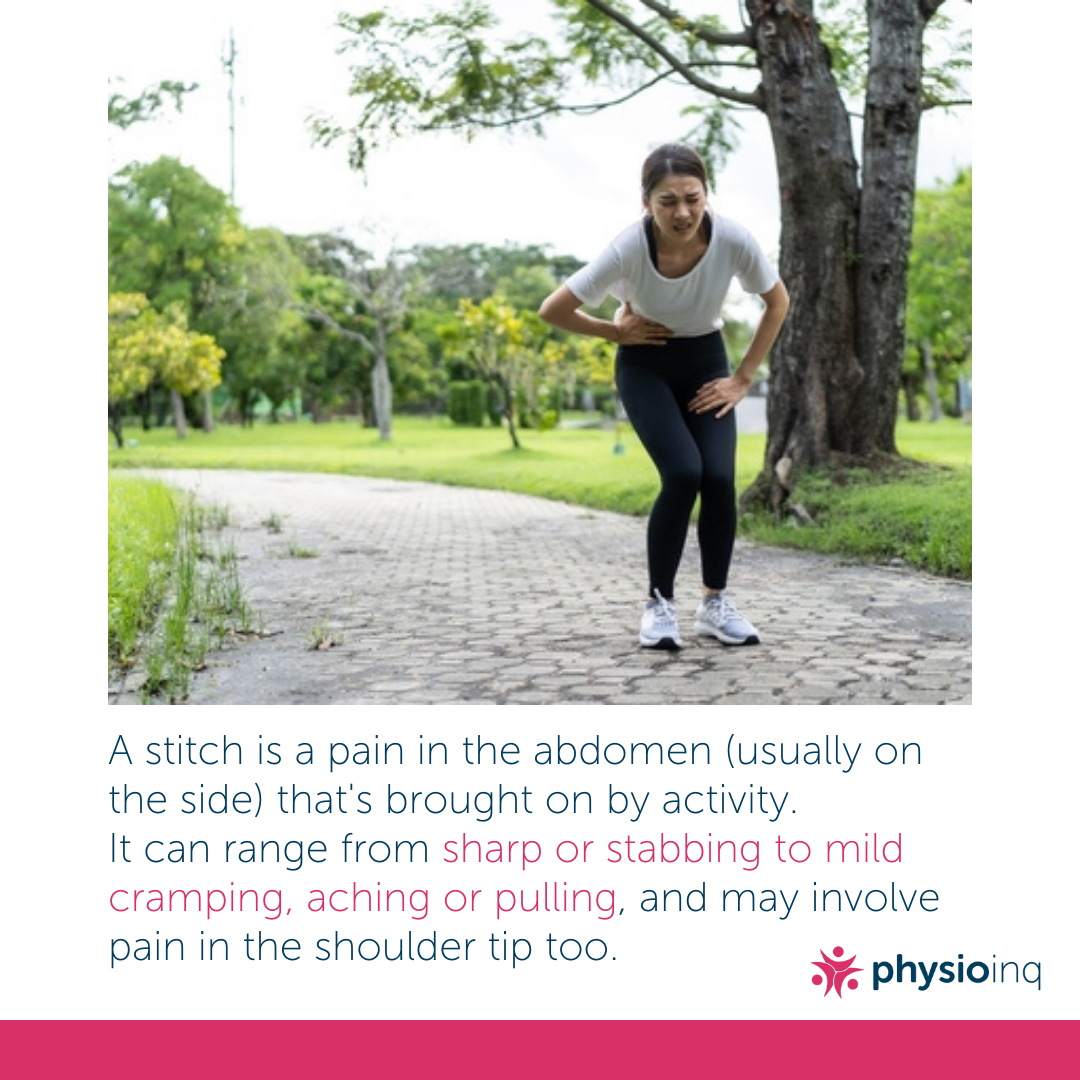
So, without further ado, here are some of our top tips for how to prevent stitches when running.
How to avoid getting a stitch:
Tip 1: Strengthen your core
Strengthening your core makes you more solid when hitting the ground to make running easier. You can strengthen your core with exercises like planks, push-ups, and mountain climbers.
Keep in mind that strengthening your core isn’t the same as how to strengthen your lungs for running. The main way to strengthen your lungs over time is to simply practice running.
Start with interval training (mixing between walking and running) so that you can build up your lung and cardio strength, ideally preventing stitches.
Tip 2: Hydrate long before running
Drink a small amount of liquid (1-2 cups is ideal), about 1-2 hours before you run. Ensuring you drink it well in advance gives your kidneys time to process the liquid and limiting your intake makes sure that your stomach is not full, which can make running uncomfortable.
The same goes with food and is part of the reason why your mum may have had you wait to go swimming after a big meal. Your body needs time to digest. Otherwise, you run the risk of getting a stitch while running (or swimming).
Tip 3: Steady your breathing
Deep breathing can help prevent stitches. So, try to practise breathing deeply through your belly and diaphragm while running, inhaling for two paces, and exhaling for three.
This form of breathing allows your next breath to start on the opposite foot of the previous ones, helping the muscles in your diaphragm to move air more effectively around your lungs.
Avoiding shallow breathing and keeping your shoulders relaxed when you run will also help with how to prevent a stitch.
Tip 4: Always warm up before running
Warm-ups are essential to do before any type of exercise. Try a short 2–3-minute walk with dynamic movement exercises like high knees, walking lunges, hip circles, and arm swings before you set out for a run.
Warming up this way also reduces your risk of getting running injuries.
Tip 5: Correct your posture and running form
Sometimes, even experienced runners will pick up unhealthy habits like hunching over, making their muscles work harder. Keeping your posture in mind and paying attention to your form will help with unnecessary energy expenditure.
Keep your shoulders down, your head up and your back straight with only a slight bend forward. Don’t hold too much tension in your arms or hands either. You want to preserve as much of your energy as possible while running to make sure your oxygen isn’t being wasted.
You might also consider rethinking your running gear as proper shoes that are fitted to each individual foot can help with posture and energy efficiency while running.
Tip 6: Slow down or take a break
Our final tip may seem obvious, but if you’re experiencing a stitch while running, simply slow down your pace or take a break and allow your diaphragm to fully expand and retract.
If you still have a stitch even after slowing to a walk or taking a break, it could be a sign of a deeper problem and you’ll want to see a doctor.
Still getting a stitch while running?
There are a few things you can do while in the midst of getting a stitch. Here’s how to reduce stitches when running:
- Change your breathing. Two quick but deep breaths in will push your diaphragm down.
- Hold your breath for 3 seconds and exhale through closed/pursed lips.
- Raise your arm on the same side you have the stitch and place your hand behind your head. This will help stretch out your diaphragm.
- Bend over, touch your toes, and hold for 5 seconds
- Massage the area around your stitch with your fingers to stimulate blood flow to the area and reduce pain
Remember, stitches are completely normal. However, the more running fit you are, the less often they’re likely to occur.

If you’d like to have your running style assessed, come in and have a biomechanical assessment done by one of our In home OR In clinic exercise physiologists on the treadmill.
At Physio Inq we are national allied health provider. We Provide In clinic & In home Exercise Physiology services right throughout Australia.
Locate your local Exercise Physiologist today.
We can give you specific advice tailored to you.
Say goodbye to annoying stitches for the last time and book an appointment with Physio Inq where we’ll show you how not to get stitches when running. Contact us today!
Date Published: Thursday, January 27, 2022
Locate a Mobile Exercise Physiology
Service Near me
Get the experience & convinence you deserve to support your or a loved one's allied health needs.
Our Mobile Exercise Physiology team are currently serving & taking appointments in the following states and regions in Australia:
Need to get into direct contact with ur Client Services team? We're all ears. Call our team directly on 1300 731 733


